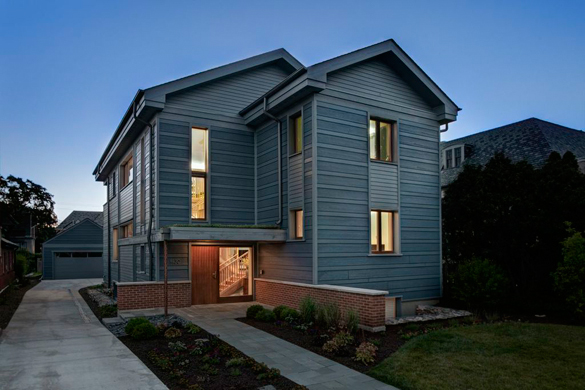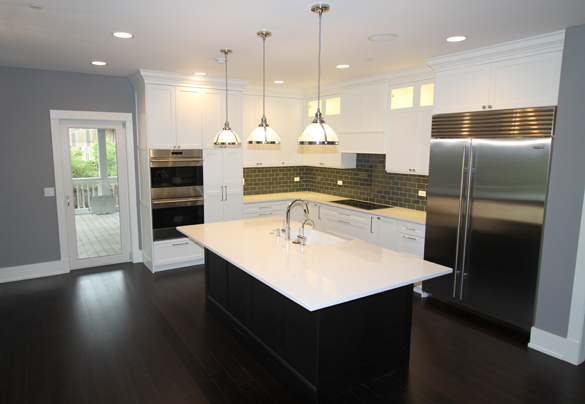Making improvements to your home should be about more than aesthetics.
There are changes you can make today that not only improve the durability and energy efficiency of your home, but its longevity and health as well.
We asked Brandon Weiss, founder of Weiss Building & Development LLC in South Elgin, to share his tips on green innovations and updates that anyone can make in their home.
Get an inspection.
Before you start on a myriad of different projects, know the direction you need to take. Your first step should be to complete a home performance inspection with a Building Performance Institute (BPI) Building Analyst and Envelope Professional.
Weigh your priorities.
Having an inspection allows you to itemize those issues you should address first and foremost, and that will have the most benefit. For example, the inspection might indicate your money is best spent on new windows, air sealing or added insulation.
“Seal the envelope.”
Enhancing the performance of your building shell should always be the first step. “Sealing” your envelope can improve overall efficiency at a less costly rate and also help resolve moisture and health issues that could be associated with a leaky building envelope.
Consider renewable energy.
The cost of renewable energy technology (like solar or geothermal) is only worth it if you can reap the benefits. Make sure to address any and all durability and moisture issues first. A high-performance energy rater will assess current conditions, help size the new mechanical systems after your building shell improvements, and complete a post-remodel test to measure actual effectiveness of your completed project.

Pictured: Chicagoland’s first Passive House, built by Weiss and his team
Change your bulbs.
Replace existing incandescent bulbs with LED bulbs, which are less expensive than they once were and offer more color range and dimming options.
Heat your water and air better.
Consider a heat-pump hot-water heater or solar hot-water system. A direct power venting hot-water heater can ensure there is no back drafting of carbon monoxide. Also consider replacing your natural-draft furnace with sealed combustion high efficiency or heat-pump technology.
Clean the air.
Install air filtration in your home. There are plug-in products you can place in your home or systems that can get installed into your heating, ventilation and air conditioning (HVAC) equipment.
Go green.
Research the chemical makeup of any products you put in your home to ensure all products are non-toxic and environmentally friendly. This includes everything from the paint you use to the upholstery and furniture you choose, even the chemicals you clean with.
Cut down energy use.
There are a myriad of ways to reduce energy use, starting with turning off the lights. Weiss always recommends homeowners install a programmable thermostat and/or circuit-by-circuit energy monitor. Another great option is to install an outlet for kitchen appliances and home technology that draws “vampire loads” (refers to the electricity that is used by home electronics and appliances when they seem “off” or are in standby-mode).

Pictured: The Adaptation Home, which Weiss will feature at the 2014 GreenBuilt Home Tour
For more ideas and inspiration on how to minimize losses and maximize passive gains, visit the second annual GreenBuilt Home Tour hosted by the U.S. Green Building Council – Illinois Chapter. On July 26-27, the tour showcases homes that exhibit the present and future of green-building technology innovations and sustainable practices. Find more information here.
Want to make your home green? Try these local green builders:
- Coda Design + Build, 847-920-9700
- EcoDwell, 312-268-8000
- GreenWerks, 312-884-9984
- Scott Simpson Builders, 847-291-2457
- Terra Green Inc., 847-516-8052Top right photo courtesy of Scott Simpson Builders

